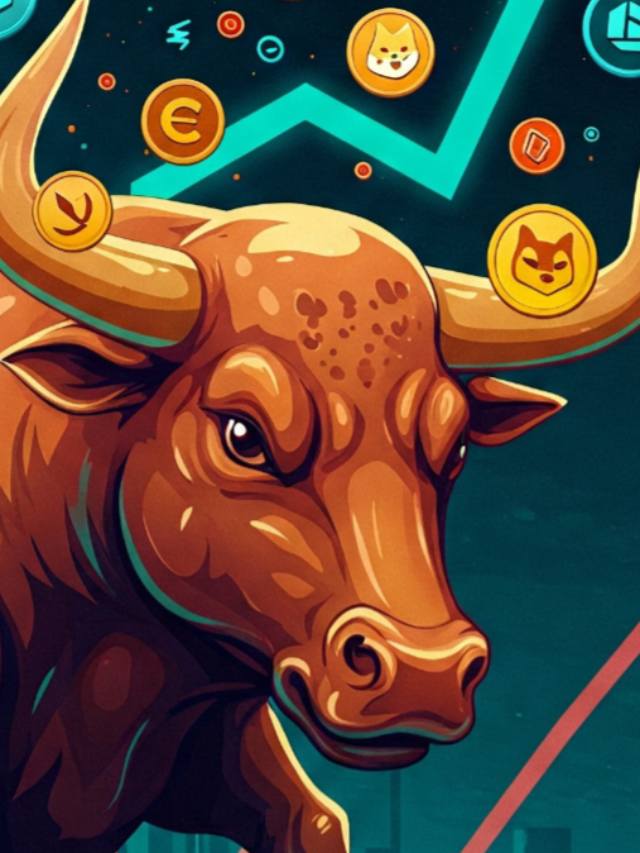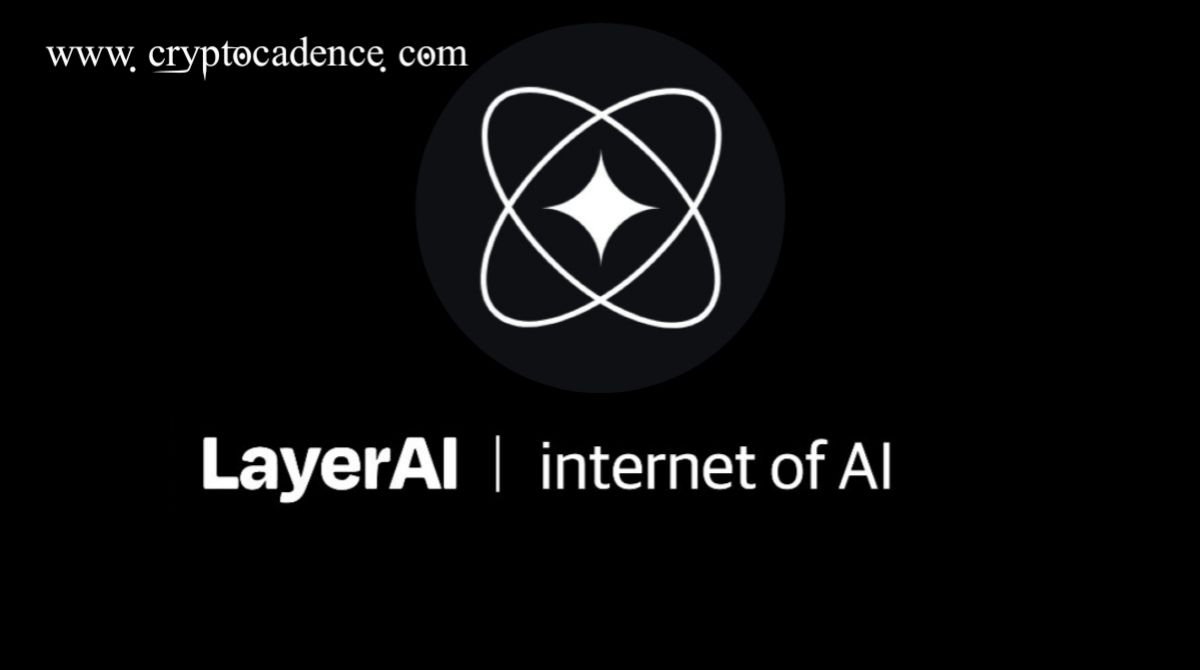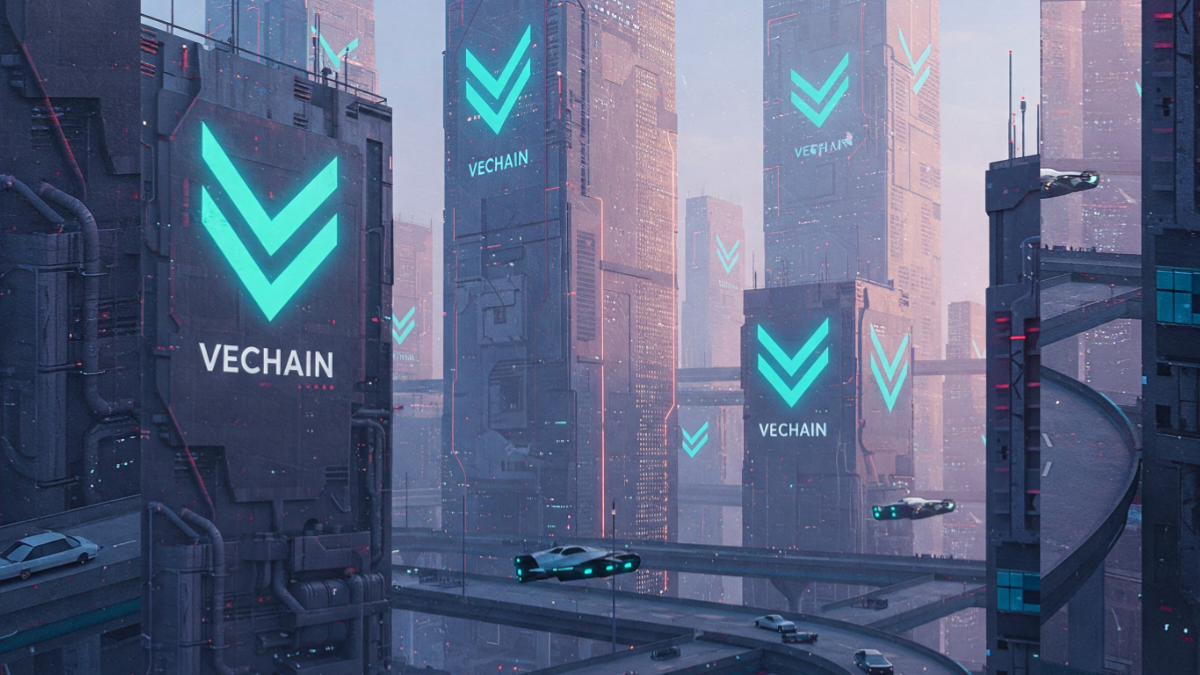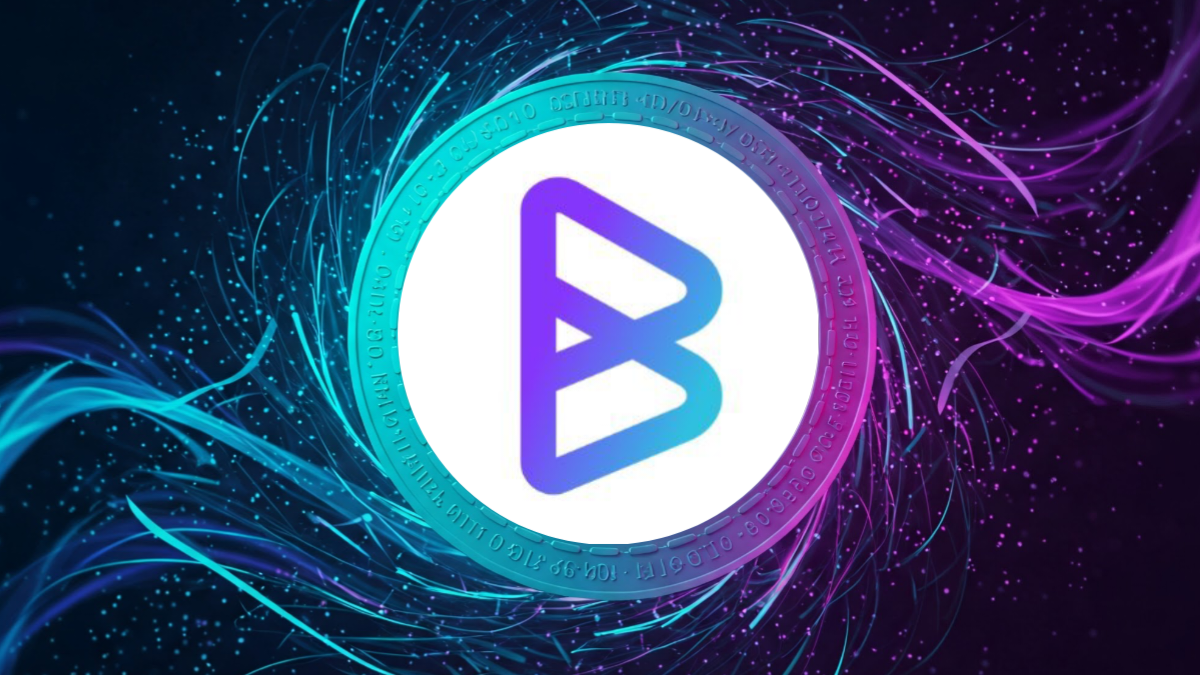Layer AI Coin (LAI) is a cryptocurrency designed to bridge the gap between artificial intelligence (AI) and blockchain technology. Built on a decentralized infrastructure, Layer AI aims to democratize access to AI tools, encourage data sharing, and create a sustainable ecosystem for developers, businesses, and users. This article explores Layer AI’s core technology, use cases, tokenomics, and future outline, establishing it as a transformational force in the AI and blockchain fields.
Core Technology and Vision
1. Decentralized AI Infrastructure
Layer AI operates on a blockchain-based network that decentralizes AI development and deployment. Traditional AI systems rely on centralized entities (e.g., tech giants) to collect data, train models, and monetize outputs. Layer AI disrupts this model by enabling:
- Distributed computing: Users contribute computational resources (GPU/CPU) to train AI models, earning LAI tokens as rewards.
- Federated learning: Data stays on users’ devices, allowing AI models to learn from decentralized datasets while preserving privacy.
- Open-source collaboration: Developers around the world can create, share, and monetize AI algorithms on Layer AI’s platform.
2. Privacy-first AI
Layer AI integrates advanced privacy protocols, such as homomorphic encryption and zero-knowledge proofs, to ensure that data used in AI training is anonymous and secure. This addresses growing concerns about data exploitation in centralized AI systems.
3. Tokenomics
- Utility: LAI tokens power transactions within the ecosystem, including accessing AI tools, paying for compute resources, and rewarding contributors.
- Staking: Users stake LAI to participate in governance or secure the network.
- Supply: Fixed supply of 1 billion LAI tokens with a deflationary mechanism (e.g., token burn) to combat inflation.
- Distribution: 40% for community rewards, 25% to developers, 20% to investors, and 15% to the Foundation.
Use Cases

Layer AI’s versatility extends to industries seeking ethical, scalable, and cost-effective AI solutions:
1. Healthcare
- Medical Imaging: Hospitals use Layer AI’s decentralized network to train diagnostic models without sharing sensitive patient data.
- Drug Discovery: Researchers collaborate globally to analyze molecular datasets, accelerating breakthroughs while complying with regulations such as HIPAA.
2. Enterprise Solutions
- Predictive Maintenance: Manufacturers deploy AI models on Layer AI to predict equipment failures, reducing downtime.
- Customer Insights: Retailers leverage federated learning to analyze shopping behavior across regions without centralizing data.
3. Gaming and Virtual Worlds
- AI-Driven NPCs: Game developers integrate dynamic non-playable characters (NPCs) that learn from player interactions.
- Procedural Content Generation: AI algorithms create unique in-game assets, reducing development costs.
4. Decentralized Finance (DeFi)
- Risk Assessment: DeFi platforms use layer AI to evaluate the creditworthiness of loan applicants using on-chain and off-chain data.
- Fraud Detection: Real-time AI models monitor transactions for suspicious patterns.
5. Smart Cities
- Traffic Management: Municipalities optimize traffic flow using AI models trained on anonymous data from IoT sensors and vehicles.
- Energy Optimization: Utilities predict surges in demand and dynamically adjust grid distribution.

Future Roadmap
Layer AI’s roadmap focuses on scalability, adoption, and ecosystem growth in three phases:
Phase 1: Expanding the Ecosystem (2023–2024)
- Developer Onboarding: Launch SDKs and APIs for seamless integration with existing AI frameworks (e.g., TensorFlow, PyTorch).
- Partnerships: Collaborate with cloud providers (e.g., AWS, Google Cloud) to expand compute resources.
- Governance DAO: Implement decentralized governance, allowing LAI holders to vote on protocol upgrades.
Phase 2: Mass Adoption (2025–2026)
- Enterprise Adoption: Target Fortune 500 companies in healthcare, logistics, and fintech.
- Layer AI Marketplace: Launch a platform to buy/sell AI models, datasets, and compute power.
- Cross-chain compatibility: Integrate with Ethereum, Solana, and Polkadot for interoperability.
Phase 3: AI-powered metaverse (2027–2030)
- AI avatars: Develop lifelike digital assistants capable of personalized conversations.
- Decentralized autonomous organizations (DAOs): Enable AI-managed DAOs for resource allocation and decision making.
- Ethical AI framework: Establish standards for bias mitigation and transparency in AI development.
- Challenges and risks
- Regulatory uncertainty: Compliance with global data privacy laws (e.g., GDPR) remains a hurdle.
- Technical complexity: Overcoming latency and interoperability issues is essential to scale decentralized AI.
- Market competition: Competing with centralized AI giants (e.g., OpenAI) and blockchain rivals (e.g., Fetch.ai).
Layer AI (LAI) Coin Price Prediction for 2025
Conclusion
Layer AI Coin represents a paradigm shift in the way AI is developed, shared, and monetized. By combining the transparency of blockchain with the transformational potential of AI, it empowers individuals and enterprises to participate in a decentralized digital economy. While challenges remain, its roadmap and use cases highlight a clear path toward becoming a cornerstone of Web3 and AI innovation. As the demand for ethical, scalable AI grows, Layer AI is poised to lead the way toward a future where technology serves humanity — not the other way around.











